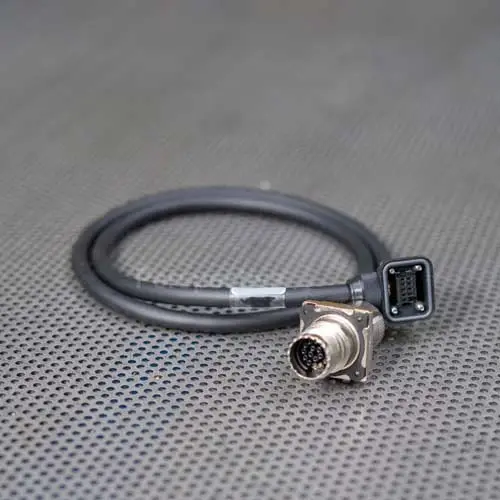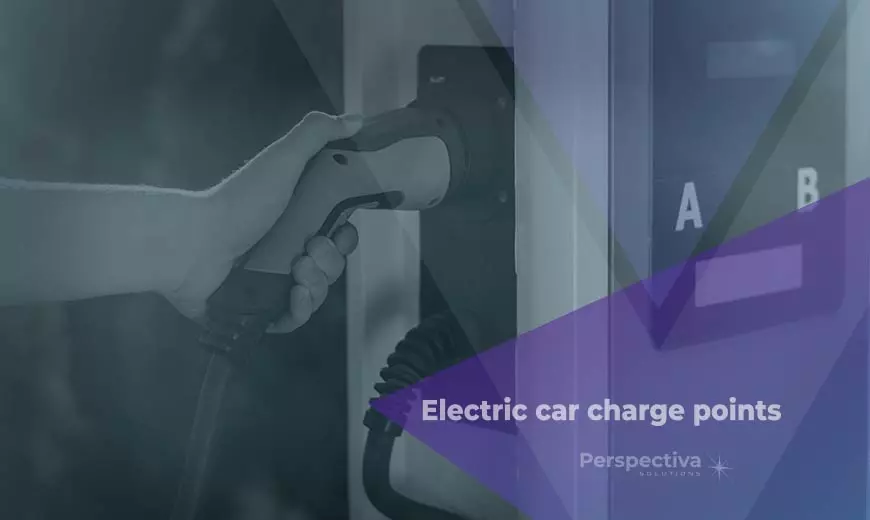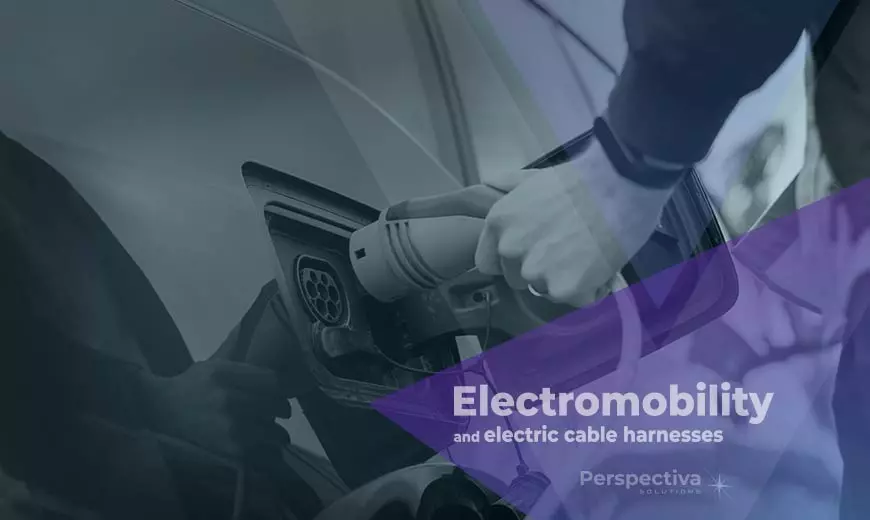Cable harness reliability for electric car charger points
Electric cable harnesses are an integral part of devices that significantly improve everyday life. They are found in virtually every current operating device. Due to their widespread use, the number of companies producing them is constantly growing.
Electromobility is one of the most developing branches of the Polish and world economy. Today, this sector includes not only the production of electric vehicles, but also the extraction of raw materials, modernization and development of infrastructure. It is seen as an effective tool to decarbonise the transport sector and achieve climate neutrality.
Cables enable the transmission of energy and data between electrical devices of all types. Although one cable is usually enough to transfer simple data, in many devices, especially those with a high level of sophistication, entire cable harnesses are necessary. How to choose high-quality wiring harnesses from such a wide range? Which industries cannot lack them? What is the production of cable harnesses? Learn the basic, necessary information about electrical harnesses.
Electric cable harness - what is it?
An electrical cable harness is a separate structure of electrical connections between individual elements of a system or extended device. Responsible for the electrical operation of, among others through power supply, data transmission and signaling of logical states of individual system components.
Cable harness production: how are they made?
When selecting wiring harnesses, you should pay close attention to the manufacturer. It is extremely important for the manufacturer of cable harnesses to ensure the highest quality standards and global standards. Why? Only then will you be sure that they are completely safe and will fulfill their tasks as they should. In addition, it is also important that the materials and composites used to produce the harnesses are carefully selected and adapted to the environment in which they will be used.
A proven, good manufacturer of electrical harnesses, before starting the production process, gets to know the customer’s needs precisely and in detail. Typically, the first product is a prototype for which the customer can request revisions or accept the entire design. When the manufacturer receives the approval of the prototype from the customer, the production of cable harnesses begins.
- Cutting and stripping wires
- Crimping or soldering terminals
- Strapping (if present) or strapping
- Labeling and marking
- Control and assembly of the harness
- Final quality control of the finished wiring harness

Important! All produced electrical harnesses must meet specific global standards in terms of safety of electrical installations as well as quality and techniques of execution. It should be remembered that they are responsible not only for the effective operation of the device, but also protect against short circuits or surges.
Reliability and the use of cable harnesses
Electrical cable harnesses are the most unreliable element in a vehicle or any device, therefore the quality issues of materials and components (connector cable), their appropriate selection, accurate assembly and the design itself are of key importance. Properly manufactured electrical cable harnesses are an important element of the entire electrical system. They have a great influence on the reliability of the entire device. Cable harnesses can be found in practically most electrical or electronic devices, both for home use and advanced medical and military devices.
One of the most important factors influencing the development of electromobility in Poland is the availability of electric car charging stations. The increase in the number of public stations, and thus easier use of electric cars, translates into greater interest in this type of cars.
Electric car chargers available in our country are:
- Slow AC chargers that offer up to 22 kW of charging power. Charging the vehicle with this charger takes up to 8 hours, depending on the battery capacity
- Fast direct current (DC) charging stations that allow you to charge an electrician up to 80% of the battery, even in just half an hour
The most common types of electric car chargers for electric vehicles:
- Stationary chargers
- Mobile chargers
Additionally, they can also be classified according to the type of electric vehicle:
- Electric scooters
- Electric bikes
- Electric rickshaws
- Traditional and autonomous passenger electric cars
- Samochody ciężarowe
- Electric trucks
- Coaches
- Flying ships
- Floating ships
Despite the crisis, the electromobility market is growing

While the COVID 19 crisis hit the auto industry harshly, sales of electric cars rose in the first quarter of 2020. What’s more? Experts say that the industry shock does not have to translate into a slowdown in the development of electromobility. On the contrary, it can gain a lot!
Interestingly, the number of foreign investments in our country is growing every year. Investments of global giants of the e-mobility industry were among the key projects in 2021. This shows that Poland, due to its innovation and high quality of production in the field of electromobility, is a very attractive country for investors and business partners. What is important? Our country produces 30% of all batteries for electric vehicles produced in Europe. There are currently 50,679 electric vehicles and 4,431 charging points (AC and DC) in the Polish car park. According to the Polish EV Outlook, these numbers will increase to approx. 4% in 2025.
What is the situation on the world market? The size of the global electric mobility market was US $ 230.12 billion in 2020. In addition, the market is projected to grow from $ 279.45 billion in 2021 to $ 1,507.21 billion in 2028 (with a CAGR of 27.2% in 2021-2028. Although the global impact of the COVID 19 pandemic was unprecedented, however, electric mobility had a positive impact on demand in all regions during the pandemic. The global e-mobility market showed a large increase of 21.16% in 2020 compared to the average increase in 2017-2019.
The resistance of electromobility to the crisis results from the constant increase in interest in electric vehicles and the introduction of new technological solutions to the market. Increasing expenditure on the energy transformation, including electromobility, is to be one of the basic elements of measures to counteract the effects of the crisis caused by COVID 19.
It is worth realizing that the development of the electric vehicle market will be inevitably followed by the development of infrastructure – including chargers for home use or high-power chargers installed in public infrastructure (also at petrol stations).




